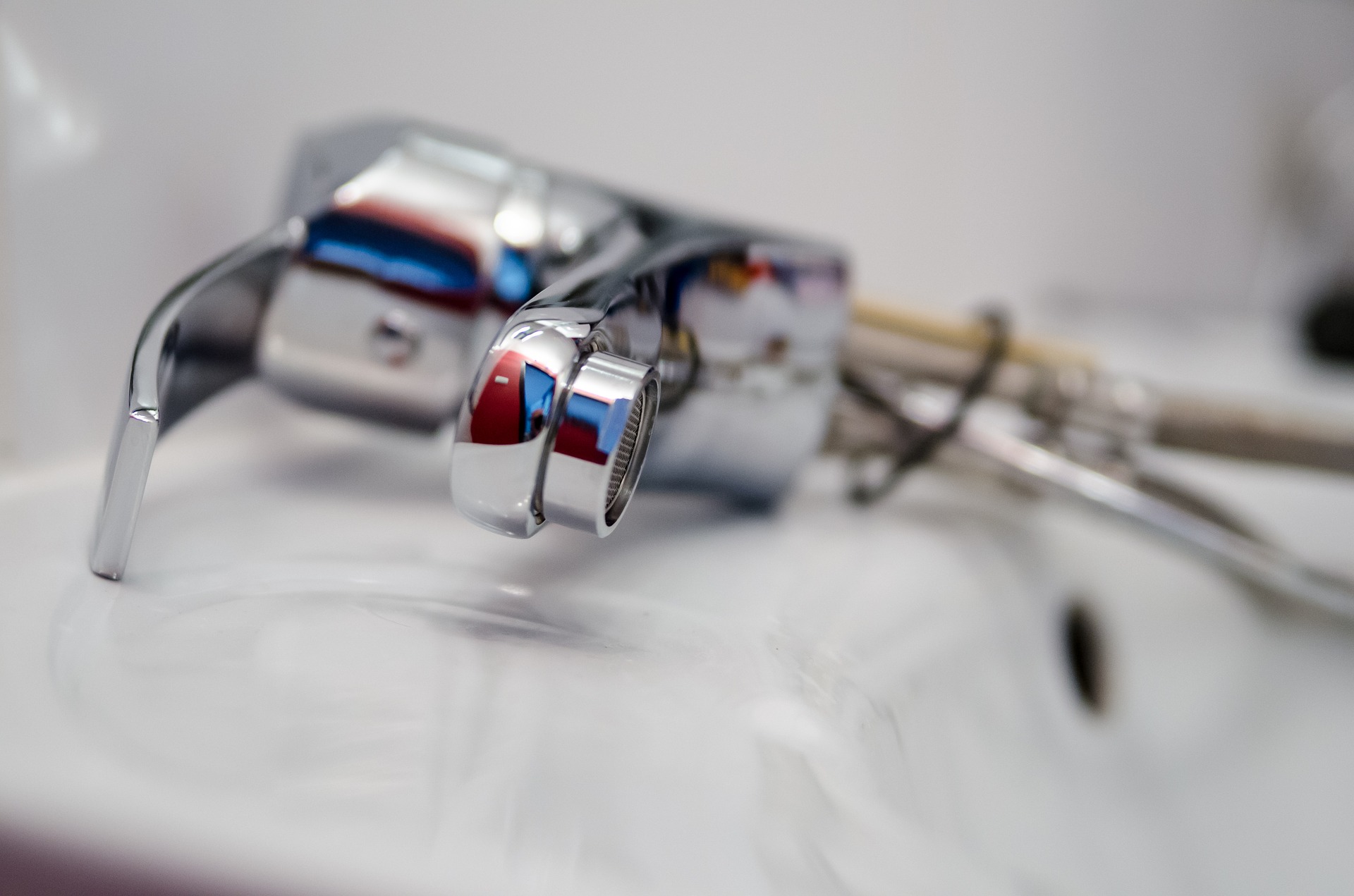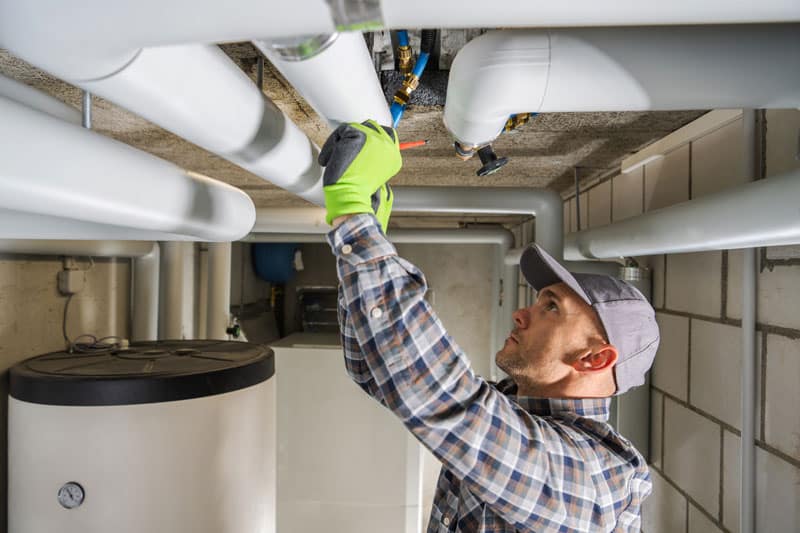Unpacking the Core Concepts of Home Plumbing: A Beginner's Overview
Unpacking the Core Concepts of Home Plumbing: A Beginner's Overview
Blog Article
We have stumbled on this post pertaining to How Does the Plumbing Work in Your Home? down the page on the net and reckoned it made perfect sense to quickly share it with you over here.

Plumbing is an important element of any kind of home, in charge of providing clean water for drinking, cooking, and bathing, in addition to removing wastewater safely. Recognizing the essentials of home plumbing is essential for every single house owner to make certain appropriate upkeep, troubleshooting, and, if essential, repairs. In this novice's overview, we'll cover the basic principles of home plumbing to aid you come to be extra knowledgeable about exactly how it functions.
Water Furnace
The water furnace is responsible for heating water for domestic usage, including bathing, food preparation, and cleaning. Usual sorts of water heaters include tank-type hot water heater, tankless (on-demand) hot water heater, and heat pump water heaters. The hot water heater is connected to the water supply system and delivers hot water to plumbing fixtures as required.
Drain System
The drain system removes wastewater from your home and lugs it away to a sewage therapy center or septic system. It includes a network of pipelines, installations, and fixtures that move wastewater from plumbing fixtures to the main sewer line or septic tank. Appropriate drainage is important to prevent blockages, backups, and sewer leakages.
Air flow System
The air flow system assists keep correct air pressure and prevent sewer gases from entering your home. Air vent pipelines, also known as vent stacks, extend from plumbing components to the roof covering, enabling drain gases to escape securely outdoors. Ventilation pipelines also permit air to enter the water drainage system, promoting smooth wastewater flow and protecting against suction or vacuum cleaner effects.
Water System
The water system system brings clean water right into your home from a municipal water source or an exclusive well. It includes a primary water line that connects to your home's plumbing system, generally situated underground. A water meter measures the amount of water taken in, while a shut-off valve permits you to manage the circulation of water right into your home.
Plumbing Components
Plumbing components are tools that supply water to various parts of your home and include sinks, taps, commodes, showers, bath tubs, and devices such as dishwashing machines and cleaning equipments. Each fixture is attached to the water system via pipes and fittings and may have its shut-off valve for maintenance or emergency situations.
Usual Plumbing Tools
Having the right devices handy is crucial for doing basic plumbing repair work and maintenance tasks. Typical plumbing tools consist of adjustable wrenches, monkey wrench, pliers, pipe cutters, hacksaws, plungers, augers (or drain serpents), and Teflon tape. Having these tools conveniently available can assist you deal with small plumbing problems successfully.
Fundamental Plumbing Repairs
While some plumbing repair work might need expert assistance, lots of usual concerns can be addressed with standard DIY techniques. Knowing just how to deal with a leaky faucet, unclog a drainpipe, change a toilet flapper, or repair a leaking showerhead can conserve you money and time on plumbing repair work.
Conclusion
Comprehending the fundamentals of home plumbing is essential for every homeowner to keep a risk-free, practical, and effective plumbing system. By acquainting on your own with the water system, plumbing components, drainage system, ventilation system, typical plumbing devices, and standard repair services, you can confidently address minor plumbing issues and guarantee your home's plumbing system operates efficiently.
Plumbing for Beginners: A Comprehensive Guide
If you’re a beginner when it comes to plumbing, don’t worry; you’re not alone. Plumbing may seem intimidating, but with the right knowledge and a little practice, you can handle many common plumbing issues on your own. In this comprehensive guide, we will demystify the world of plumbing for beginners, providing you with the basic knowledge and skills needed to tackle common plumbing problems and even take on some DIY plumbing projects.
The Importance of Basic Plumbing Knowledge for Beginners:
First and foremost, basic plumbing knowledge gives you a solid foundation. It helps you grasp the key concepts and terminology that are essential in this field. By learning the basics, you’ll be able to build upon that knowledge and tackle more complex plumbing tasks in the future.
Having a basic understanding of plumbing also enables you to handle common issues that may arise in your home. Picture this: a leaky faucet or a clogged drain. With some basic plumbing knowledge, you’ll have the confidence to troubleshoot and fix these problems on your own. It saves you from unnecessary expenses and the hassle of waiting for a professional to arrive.
As a beginner, learning the basics of plumbing empowers you to take care of your own home. It gives you a sense of independence and self-reliance. You’ll no longer have to rely solely on professionals for every small issue that pops up. Instead, you can handle many tasks yourself, saving time and money in the process.
Remember, everyone starts as a beginner. Embrace the learning process and take small steps to expand your plumbing knowledge. There are plenty of online resources, tutorials, and even local workshops that talk about plumbing for beginners.
Essential Tools for Plumbing for Beginners
As you start your plumbing journey, having the right tools in your toolbox is crucial. Let’s explore some of the must-have tools:
Adjustable Wrench:
This versatile tool is a staple in any plumber’s toolbox. It allows you to tighten or loosen nuts and bolts of various sizes. Make sure to have an adjustable wrench with a comfortable grip.
Pipe Wrench:
A pipe wrench is specifically designed for gripping and turning pipes. It has serrated jaws that provide a strong grip, making it easier to loosen or tighten threaded pipes and fittings.
Plunger:
The plunger is a simple yet effective tool for clearing clogged drains and toilets. It creates suction when you push and pull, helping to dislodge blockages. Keep a good-quality plunger handy for those unexpected clogs.
Pipe Cutter:
When it comes to cutting pipes, a pipe cutter is your go-to tool. It creates clean, precise cuts without damaging the pipe. Look for a pipe cutter that can handle the pipe sizes you’re working with.
Hacksaw:
A hacksaw is useful for cutting through pipes, screws, and other materials. It’s a versatile tool that can handle different cutting tasks. Remember to use a blade suitable for cutting metal.
Tape Measure:
Accurate measurements are crucial in plumbing. A tape measure allows you to measure pipe lengths, distances, and dimensions accurately. Opt for a sturdy tape measure that extends a good length.
Pliers:
Pliers come in handy for various tasks, such as gripping, bending, and cutting. Slip-joint pliers with adjustable jaws are great for gripping pipes, nuts, and bolts.

I discovered that blog posting on Plumbing Basics Every Homeowner Should Know when doing research the internet. Are you aware of somebody else who is truly interested in Plumbing Basics For Every Home: The HomeTriangle Guide? Be sure share it. Thank you for your time invested reading it.
Request Free Estimate Report this page